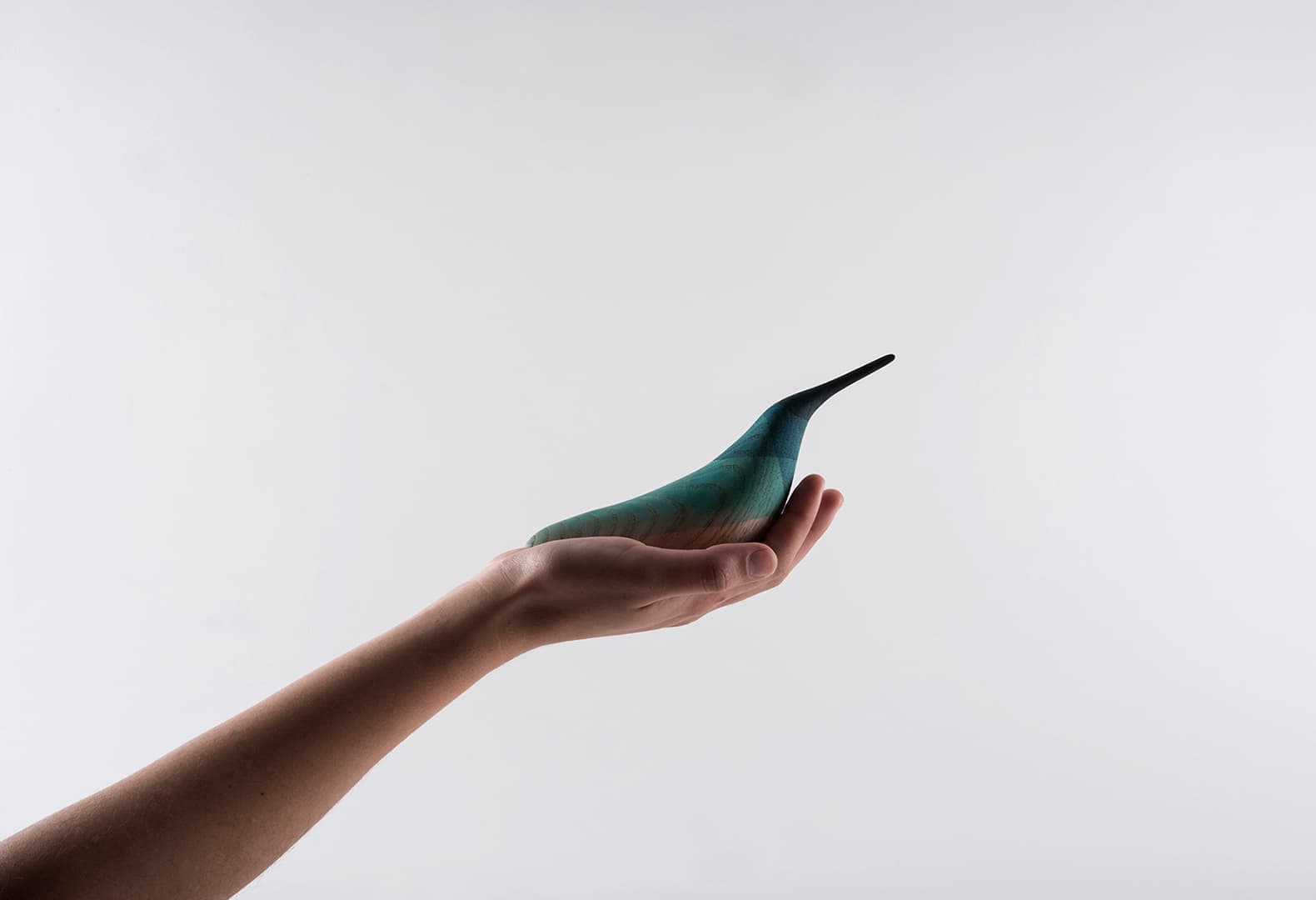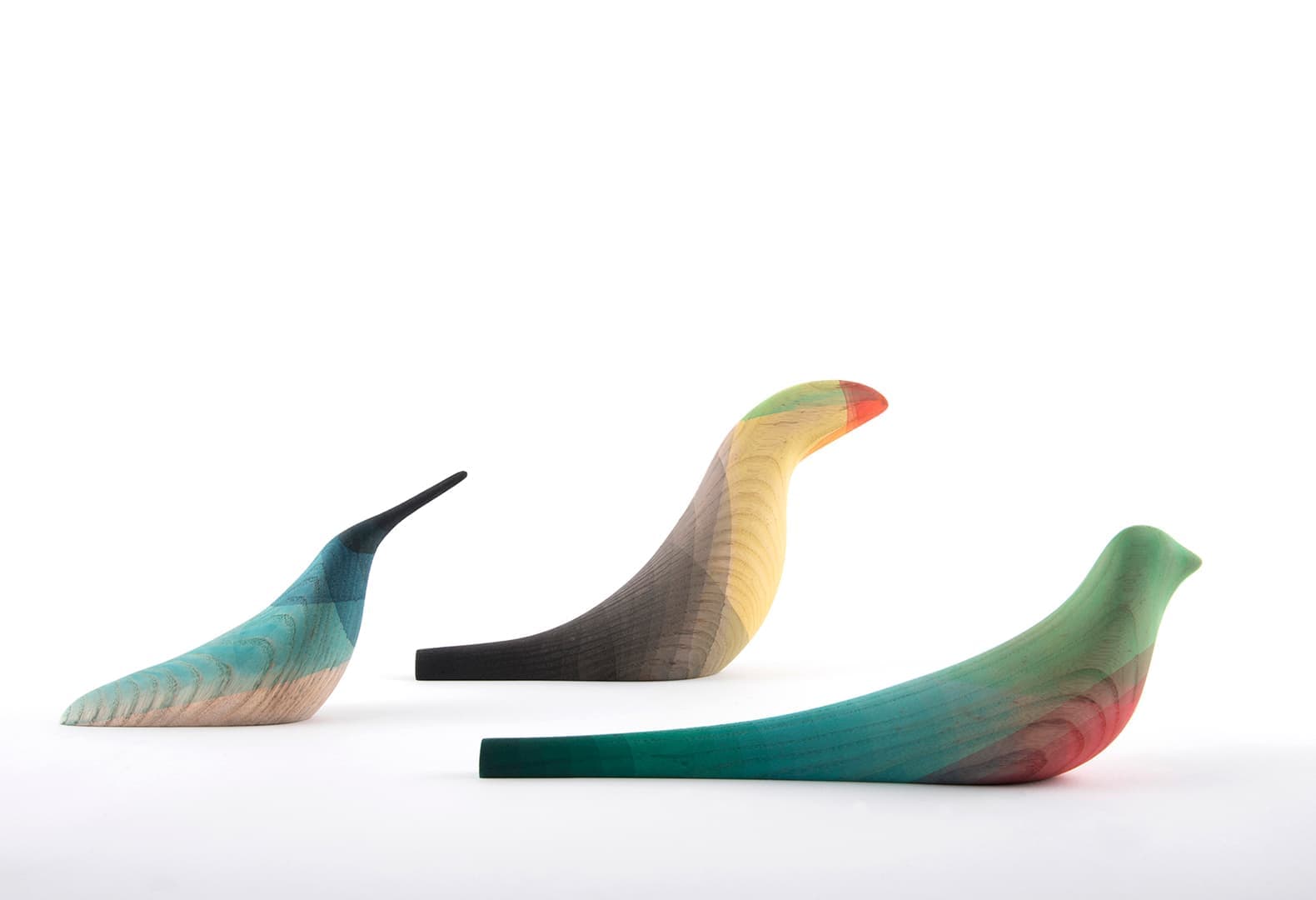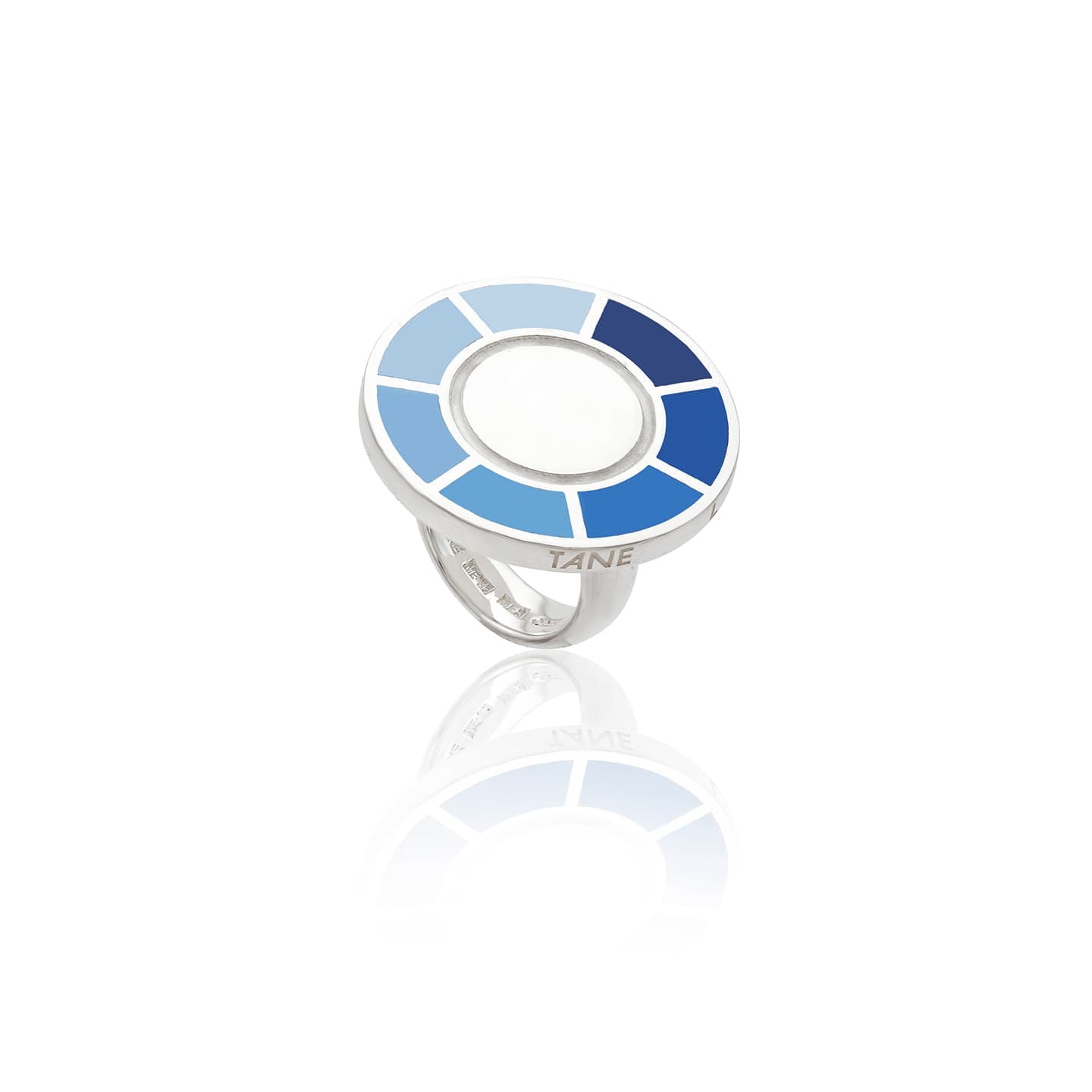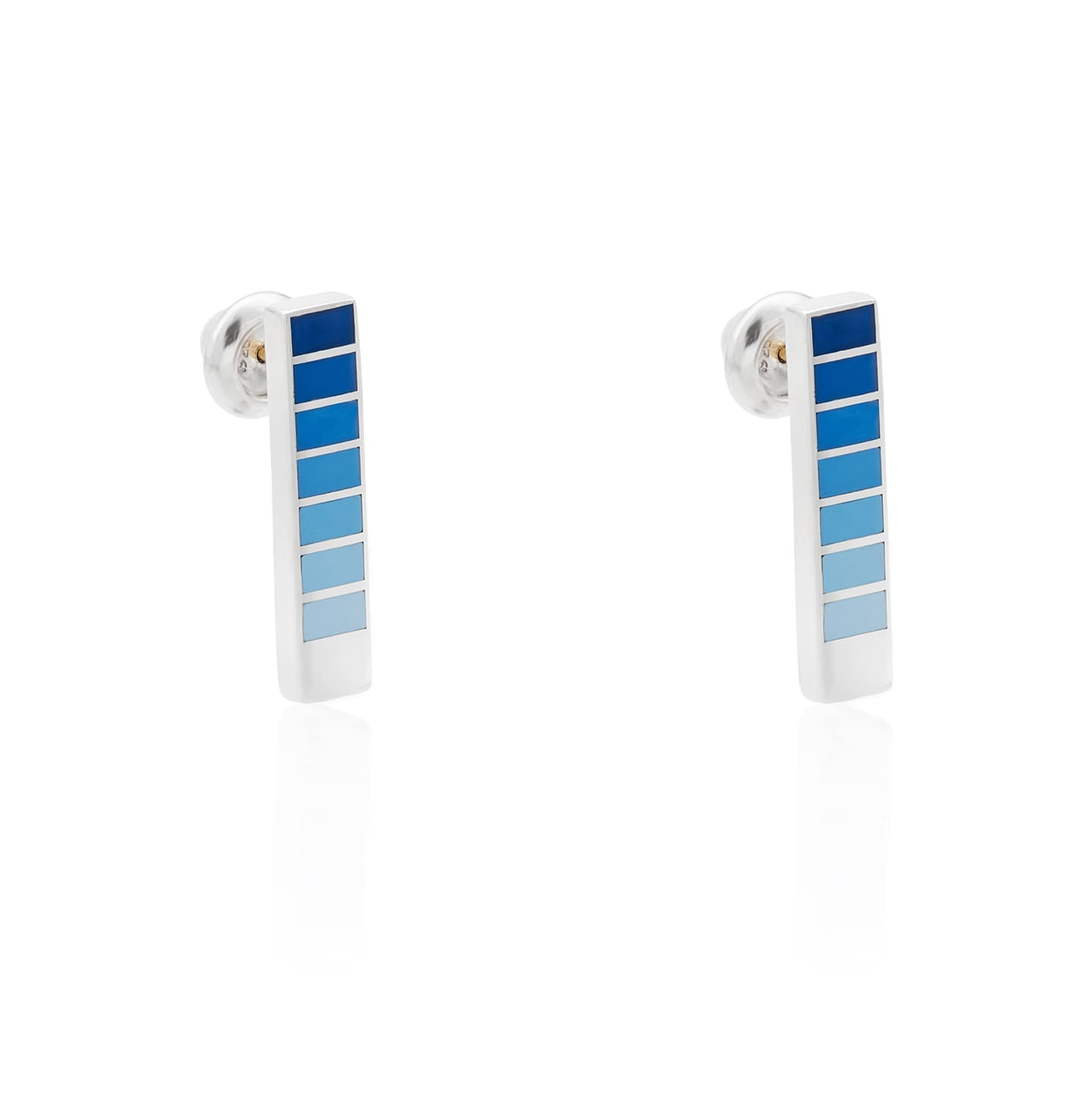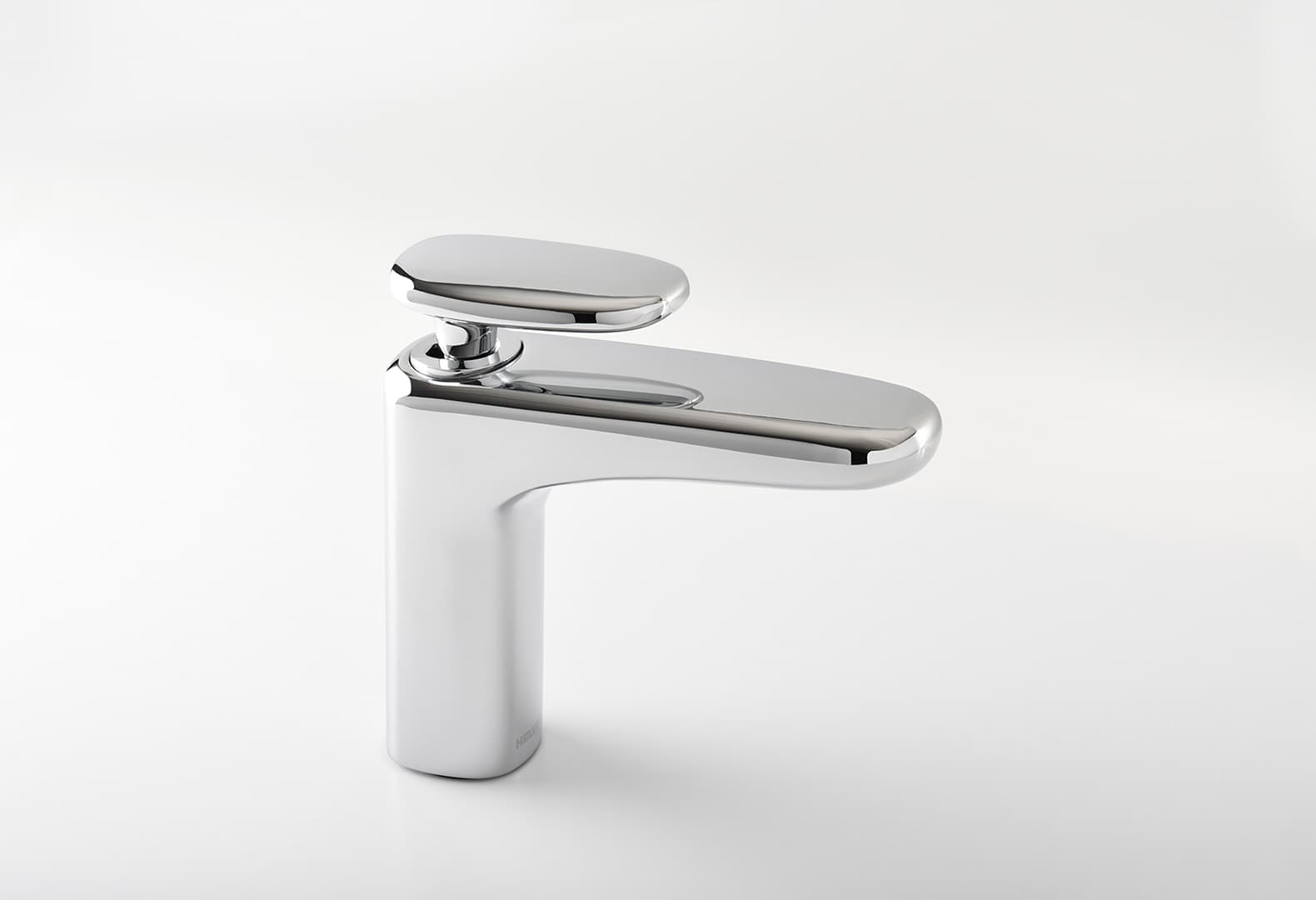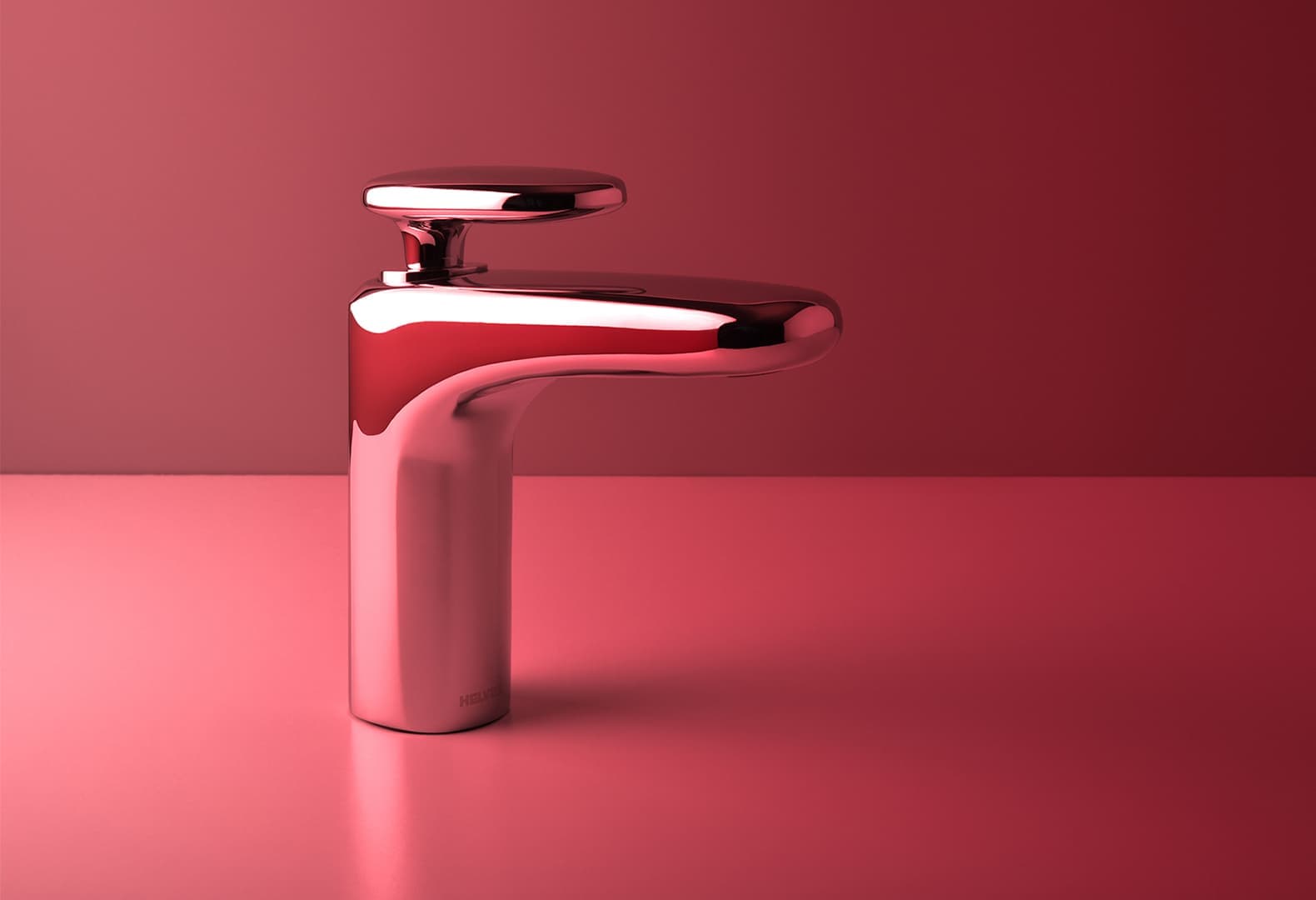
Q&A: Moisés Hernández
Moises Hernandez is one of the most interesting and productive designers in Mexico. His own and curated projects often appear in the feeds of international media and inspire designers around the world. In addition to the depth of research, his projects are striking in their variety: thin plates ascetic vases, lamps made from local biomaterials, experimental decorative birds with a gradient color.
What techniques do you work with?
Studio Moisés Hernández is a design studio based in Mexico City. Since 2013, the projects have been very diverse and unique, going from exploratory projects driven by personal interests to commercial products with international and national clients who have specific briefs. Specifically in this kind of projects, our approach is based on the creation of aesthetic solutions for everyday objects.
Also, the materials and techniques that we use depend on the type of project and the level of exploration that requires. For example, the exploratory projects that we have been developing for the last few years are based on color and the idea of creating new chromatic languages, where immersion, resin casting and spray painting were the different techniques applied to a wide range of materials such as wood or paper. Also, we consider very important the efficiency between materials and production processes, which are two important considerations in order to create innovative outcomes and concepts.
When did you decide that you will become a designer?
When I studied the bachelor’s degree I had an idea of what it means to be a designer but I finally confirmed it when I was studying my Master of Arts in ECAL. There, I was able to focus my efforts and interests on my professional career, creating my own path. After I finished my master’s degree, I came back to my hometown, where I set up the studio.
What did you study and how did it affect your work?
I studied industrial design in Mexico City. Then, I went to Switzerland in 2011, where I studied the MA in Product Design in the Ecole Cantonale d’Art de Lausanne, ECAL. I think that my whole experience during the master’s degree affected positively the way I work. There, I was able to understand the Swiss approach based on efficiency and attention to detail in order to create innovative everyday objects.
Where do you work on your projects?
Mainly at the studio I work with my team, formed by Karla and Sofía.
What is your favourite project so far?
Honestly, I have several but probably immersed birds could be considered as my favourite one. The project was undertaken through an interesting design process, where we experimented with immersion and watercolors, creating a dialogue between the use of technology, that helped us to create a perfect form in CNC and a handmade color application system. The outcome is very appealing and has been the starting point for many other projects at the studio.
What is your creative goal?
I have two objectives. On one hand, my projects with clients, where we develop new products, can boost the local and international economy. It is very satisfying that the products that we design at the studio can be used in different countries by different people and these are accessible and functional.
On the other hand, the exploratory projects are very creative and have helped us to develop unique concepts for other products that are more commercial.
What are your hobbies and how do they affect your artistic practice?
I reckon that I have less hobbies than I used to have when I was younger, but photography has been very important to my personal and professional life. Actually, I started taking pictures before I studied industrial design and this passion is reflected in the way that I present my work.
What books are on your bedside table now?
At the moment I am re-reading 100 Whites by Kenya Hara, which is lovely but my favourite bedside book is The Craftsman by Richard Sennett, a book that I always recommend to my students and younger designers.
Tell us about a film that you watched recently and can recommend.
Few weeks ago, I watched “Ya no estoy aquí” which means I am not here anymore, a film by Fernando Farías. The film shows the complexity of the Mexican society and how we as Mexican people ignored it.
How do you get to know what's going on in the world? What are the sources of information you trust?
Through the years, I have bought books that I find interesting and have become my main source of information. Also, I consider contemporary art as an important source of information, especially Mexican contemporary expressions and artists like José Dávila.
Tell us something surprising that you have learned recently?
Now that I am a father, I realised how creative a kid can be and the ability and inventiness they have to solve everyday problems. I pay attention to my little son and the way he thinks and acts, becoming my main source of inspiration.

